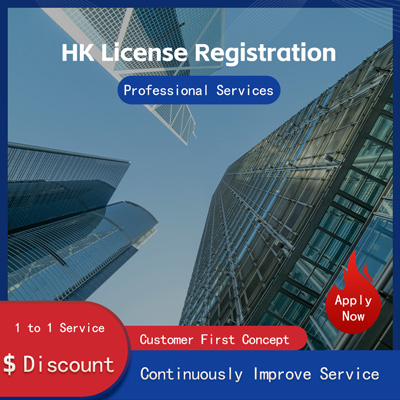
Multiple Paths to U.S. Listing How to Choose the Best Route for Your Company
Multiple Paths to U.S. Listing How to Choose the Best Option for Your Company
In recent years, as global capital markets continue to integrate, an increasing number of companies have turned their attention to overseas markets-particularly the U.S. capital market. The U.S. stock market attracts businesses from around the world with its high liquidity, mature regulatory system, and strong fundraising capabilities. However, for many companies, going public in the U.S. is not a one-size-fits-all process; multiple pathways exist. Choosing the most suitable listing method based on a company’s specific circumstances has become a critical strategic decision.

I. Main Routes to U.S. Listing
Currently, there are several primary ways for companies to list in the United States Initial Public Offering IPO, Special Purpose Acquisition Company SPAC, Direct Listing, and trading via American Depositary Receipts ADRs on over-the-counter OTC markets. Each method has its own advantages and disadvantages and is best suited for different stages of development and strategic goals.
1. Initial Public Offering IPO
An IPO is the traditional and most common route to going public. In this process, a company hires investment banks as underwriters, conducts roadshows, sets the offering price, issues new shares, and eventually lists on the New York Stock Exchange NYSE or NASDAQ. This approach is ideal for companies that already have a certain scale, profitability, and market recognition.
For example, in 2025, Chinese EV manufacturer NIO successfully raised capital through an IPO in the U.S., becoming a benchmark in the industry. The advantages of an IPO include raising substantial capital, enhancing brand visibility, and facilitating future mergers and acquisitions. However, the process is complex, costly, and requires strict compliance with disclosure requirements set by the U.S. Securities and Exchange Commission SEC.
2. Special Purpose Acquisition Company SPAC
A SPAC is a shell company that raises funds through an IPO with the sole purpose of merging with or acquiring a target business. In recent years, SPACs have gained immense popularity in the U.S. capital markets. According to data from early 2025, SPACs accounted for more than 40% of all U.S. IPOs, becoming a key channel for smalland medium-sized enterprises to go public quickly.
The SPAC route offers a relatively streamlined process, shorter timeline, lower costs, and flexible pricing negotiated between the SPAC and the target company. However, risks also exist, such as limited investor knowledge about the target company, which can lead to market volatility. At the end of 2025, an Asian tech firm successfully listed on NASDAQ via a SPAC merger, drawing significant regional attention.
3. Direct Listing
Direct listing allows existing shareholders to sell shares directly in the public market without issuing new shares or involving underwriters. This method has been adopted by some tech companies in recent years, such as Spotify and Slack, who chose to list directly without raising additional capital.
The benefits of direct listing include saving underwriting fees and avoiding the typical first-day price surge seen in IPOs, allowing the market to more accurately reflect the company's value. However, it lacks a fundraising function and is better suited for companies with sufficient cash flow that do not need immediate financing.
4. American Depositary Receipts ADR or Over-the-Counter Trading OTC
For companies that do not yet meet the standards for listing on a major exchange, they may opt to issue ADRs or trade on OTC markets. An ADR is a certificate issued by a U.S. bank representing shares of a foreign company, making it easier for U.S. investors to trade.
This option has lower entry barriers and is suitable for early-stage companies or those testing the U.S. market. However, ADRs and OTC markets typically offer lower liquidity and looser disclosure requirements, which may result in less attention from institutional investors. In 2025, several emerging-market biotech firms used ADRs for small-scale fundraising in the U.S., gaining experience ahead of potential full listings.
II. How to Choose the Right Path?
When selecting a listing method, companies should consider the following key factors
1. Stage of Development and Financial Condition
Startups or unprofitable companies seeking quick access to capital may be better suited for SPAC or ADR routes. Mature companies with solid profitability, stable cash flows, and high valuations usually benefit more from a traditional IPO.
2. Funding Needs and Time Constraints
If a company urgently needs funds for expansion or debt repayment, a SPAC may be a faster option. If higher market recognition and time availability are priorities, then an IPO is more appropriate.
3. Brand Image and Market Visibility
An IPO often involves extensive roadshows and media exposure, helping to enhance international brand awareness. In contrast, direct listings and SPACs tend to generate less publicity and are better suited for companies prioritizing efficiency over branding.
4. Regulatory Compliance and Disclosure Requirements
Different listing methods come with varying compliance demands. IPOs require comprehensive SEC disclosures and involve complex procedures, while SPACs and ADRs offer greater flexibility. Companies must assess their internal governance and compliance capabilities before deciding.
III. Recent Trends and Case Studies
Since 2025, the U.S. stock market has gradually rebounded, particularly in the technology and clean energy sectors, signaling a revival in IPO activity. According to Bloomberg, U.S. IPO fundraising increased by more than 30% year-over-year during the first half of 2025, with notable participation from tech firms in Asia and Europe.
At the same time, the SPAC market has experienced adjustments. With tighter regulations and more rational investor behavior, SPACs are no longer seen as a universal solution but rather require clear acquisition targets and sound strategic planning. Recently, a Southeast Asian fintech company initially planned to go public via a SPAC but ultimately switched to a traditional IPO due to valuation disagreements and delays in regulatory review.
Although the popularity of direct listings has cooled somewhat, some tech firms still favor this approach. For instance, in mid-2025, an AI-focused startup chose to list directly on NASDAQ to avoid diluting founder equity and retain greater control over pricing.
IV. Conclusion
The U.S. capital market offers a variety of paths for companies to go public, each with distinct advantages and ideal use cases. Before making a decision, companies should thoroughly evaluate their own conditions, strategic goals, and market dynamics. When necessary, consulting with professional advisors can help craft the most suitable listing strategy.
Choosing the right path not only helps achieve fundraising objectives but also lays a solid foundation for long-term growth and success in the global marketplace.
Helpful (0)
No help (0)
Still have questions after reading? More than 98,000 users have contacted us. Please fill in the following information to obtain business information.

Previous Article
Key Points to Know About Registered Capital When Incorporating a Company in the U.S.
Jul 16, 2025Next Article
Notarization for Canadian Companies Easily Tackle Registration Legal Challenges
Jul 17, 2025Service Scope
MoreRecommended for You
- The Real Deal Behind Registering a Company in Singapore Hidden Challenges Risks No One Tells You!
- How to Register a Foundation Company in Singapore Key Steps Things to Watch Out For!
- Audit Cost Insights for Singapore Companies Key Factors and Market Trends Explained
- How to Start a Company in Singapore as a Foreigner? A Comprehensive Guide to the Registration Process and Secrets!
- S’pore vs HK Banks Which Is Better for Wealth Management? Find Out the Smart Choice
- How to Easily Open a Singapore Bank Account in Mainland China? Ultimate Guide + Practical Tips
- What's It Really Like to Start a Biz in Singapore? Full Breakdown from Registration to Operations
- NRA Bank Confirmation Revealed Secrets You Must Know About Different Account Types
- How to Smoothly Open a Singapore Bank Account in China? A Guide to the Process and Key Points to Note
- U.S. Embassy in China Consular Section One-Stop Service, How to Process Notarization More Efficiently?
- How to Open a US Bank Account for a Hong Kong Company? Essential Requirements Explained!
- Want to Open an Account at Standard Chartered Bank in Beijing? Understand the Requirements in One Article!
- Which U.S. States Have the Craziest Economic Policies? One Chart Explains All!
- How to Get a WY Business License Must-Know Tips Before Starting Your Biz!
- Can You Find U.S. Company Registration Info in China? A Clear Guide!
- How Long Does It Take to Cancel a US Bank Card? Uncovering the Process and Truth Behind It
- How Much Does a Power of Attorney Cost in the US? You Might Not Know These Details
- Opening a Personal US Account Isn't That Hard - Just Follow These Steps and Tips
- How to Read U.S. Company Quarterly Reports A Comprehensive Guide to Fundamentals and Key Details
- U.S. Corp Account Opening Guide Secrets to Effortlessly Kickstart Global Biz


 ONE
ONE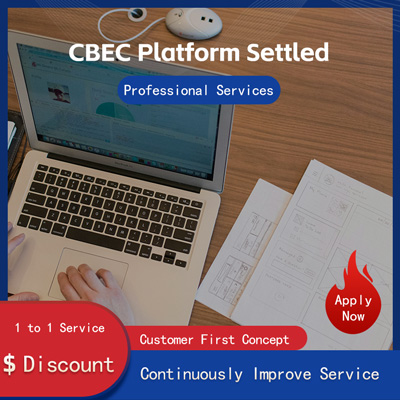
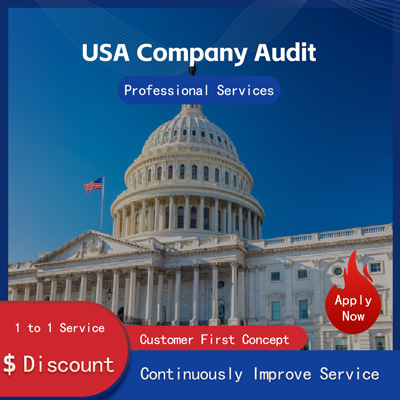
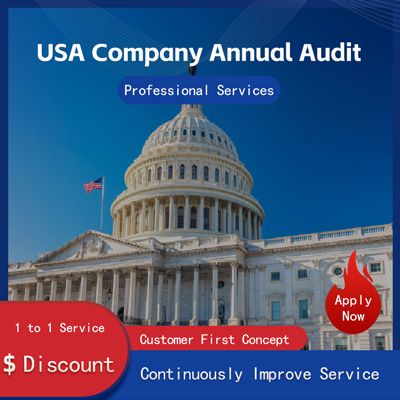
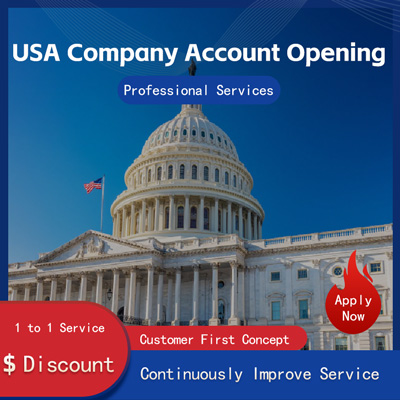
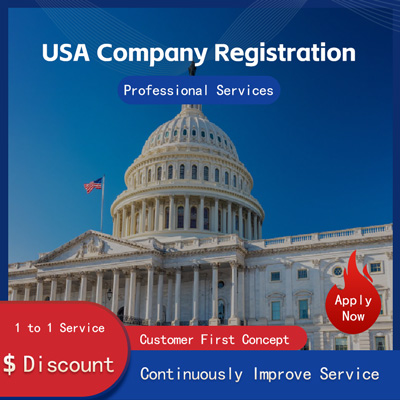
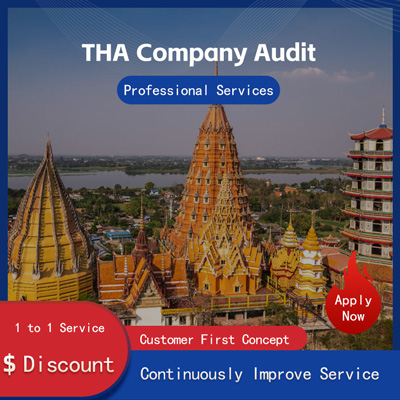
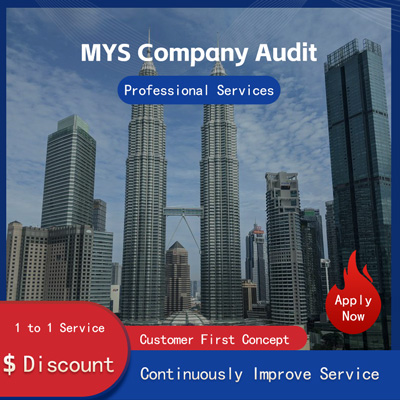
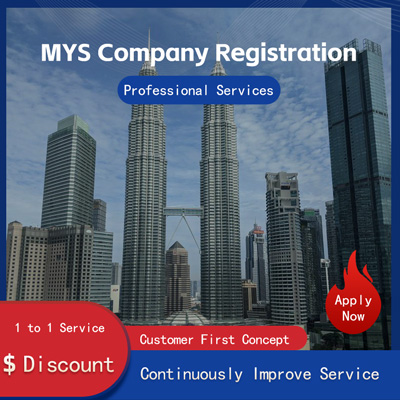
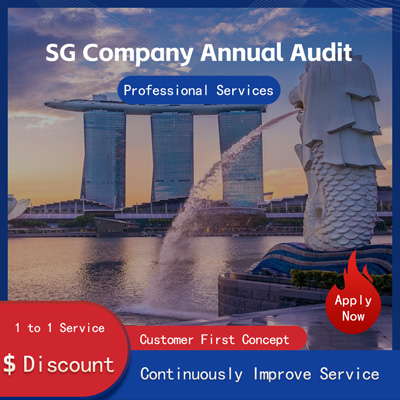
Customer Reviews
Small *** Table
December 12, 2024The experience was very good. I was still struggling to compare it with other companies. I went to the site a few days ago and wanted to implement it as soon as possible. I didn't expect that everything exceeded my expectations. The company is very large, with several hundred square meters. The employees are also dedicated and responsible. There is also a wall of certificates. I placed an order on the spot. It turned out that I did not make a wrong choice. The company's service attitude is very good and professional. The person who contacted me explained various things in detail in advance. After placing the order, the follow-up was also very timely, and they took the initiative to report the progress to me. In short, I am very satisfied and recommend this company!
Lin *** e
December 18, 2024When I first consulted customer service, they recommended an agent to me. They were very professional and patient and provided excellent service. They answered my questions as they came in. This 2-to-1 service model is very thoughtful. I had a lot of questions that I didn’t understand, and it’s not easy to register a company in Hong Kong. Fortunately, I have you.
t *** 7
December 19, 2024I originally thought that they only did mainland business, but I didn’t expect that they had been doing Hong Kong business and were doing very well. After the on-site interview, I decided to ask them to arrange the registration of my Hong Kong company. They helped me complete it very quickly and provided all the necessary information. The efficiency was awesome. It turns out that professional things should be done by professionals.👍
b *** 5
December 16, 2024In order to register a company in Hong Kong, I compared many platforms and stores and finally chose this store. The merchant said that they have been operating offline for more than 10 years and are indeed an old team of corporate services. The efficiency is first-class, and the customer service is also very professional.